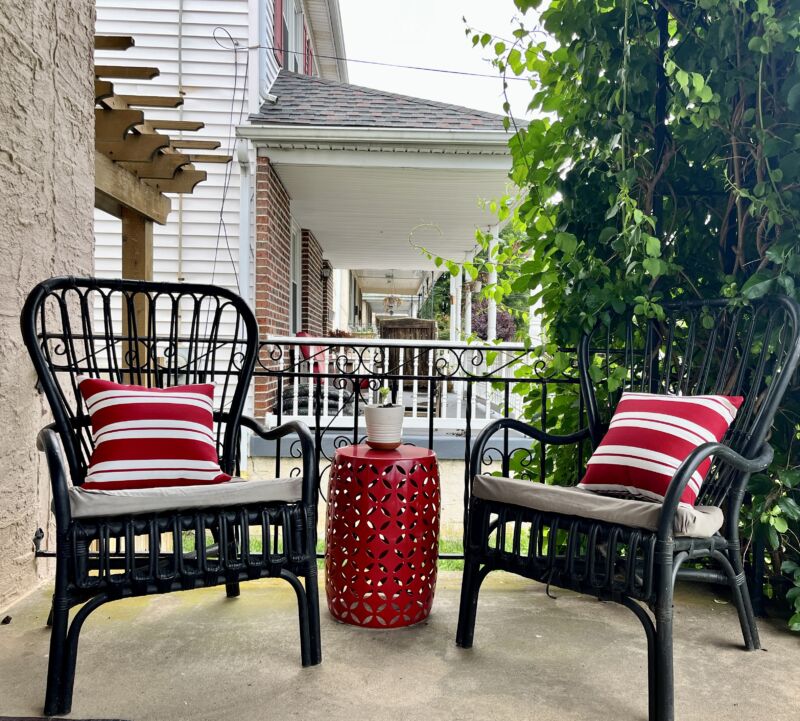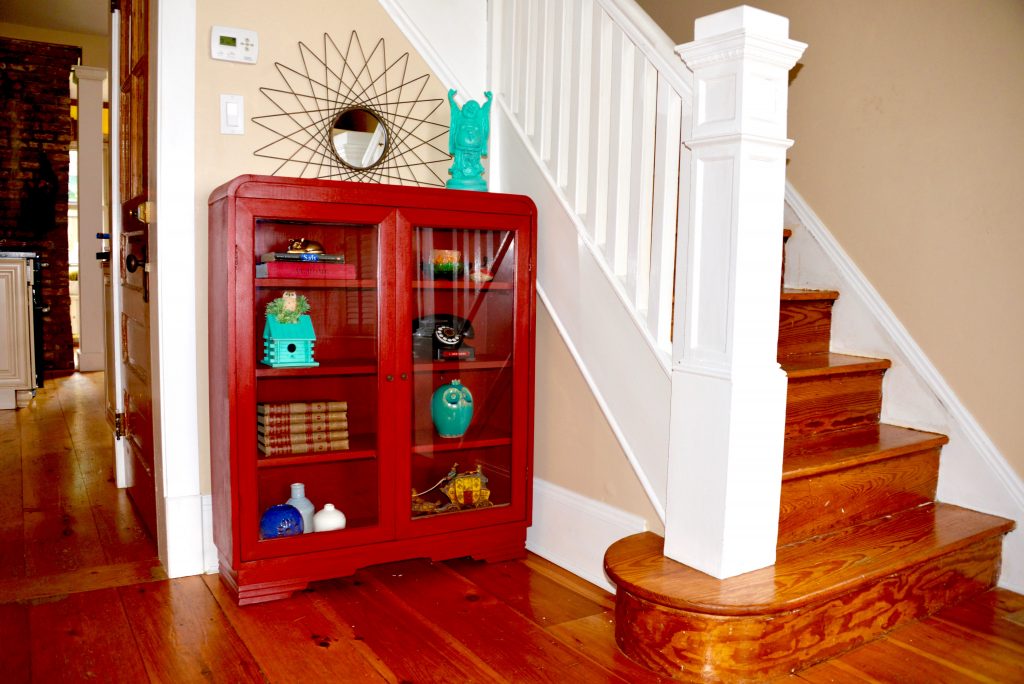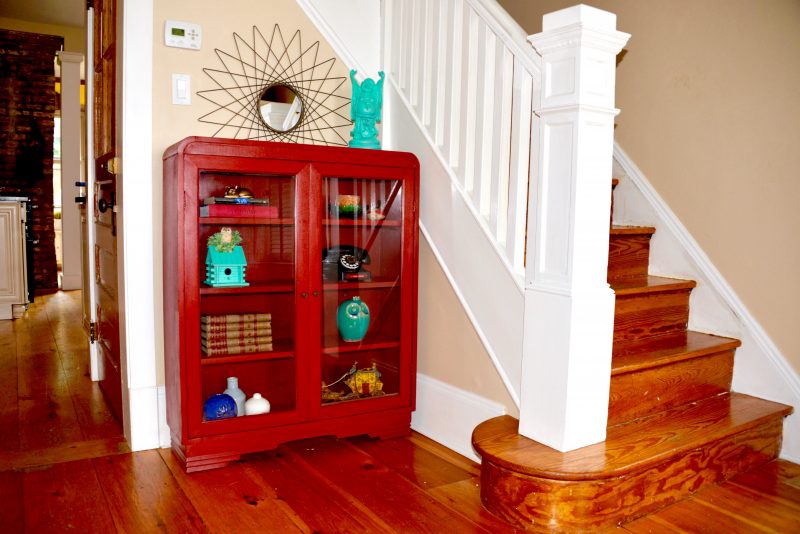
If you want to renovate and update an old home, it can be more challenging than personalizing a newer home. Building methods were different, older homes have more details and custom features that are expensive to replace or mimic, and there’s a level of craftsmanship required to truly restore an older home.
Before investing in an older property and starting to update an old home, there’s a lot to consider. Here are a few tips to get you started.
Why choose an older home?
There are many reasons you might want to choose an older property when looking for a home that will fit your family’s needs. Here are a few popular reasons why an older home might be a good fit for you.
You may be able to afford more square footage in an older home.
Even though the median house size has increased during the past 75 years, from about 909 square feet in 1949 to about 2,480 in 2021, there are many large older gems that linger on the market. Why? Often homebuyers worry about upkeep and heating and cooling costs associated with a larger older property.
However, many older homes are situated on a larger properties, offering the ability for homeowners to garden and create backyard retreats with expansive decks and outdoor kitchens.

Older homes usually have hand crafted features.
Newer homes are often neutral in color and simple in form. Older homes offer charming characteristics that are indicative of the house style. Handcrafted details are usually too expensive for most homebuyers, so the easiest way to afford them is by purchasing an old house.

Old house often have higher ceilings, larger windows, and porches.
Today’s houses have a standard ceiling height of 8 feet, but many houses are built to a standard of 9 feet high. However, if you want a taller ceiling, it will cost much more in a new build. It’s about $60 per square foot to raise a ceiling, according to Angie’s List, and about $10,000 to $90,000 to raise a basement ceiling, according to HomeAdvisor. If you like the look of a tray ceiling or enjoy an expansive first floor, an older home is more likely to offer this feature.
I’m also a fan of a large window with an ample window sill. A window sill that is deep enough to place a potted plant or roomy enough for a cat to enjoy the view is a definite must for me. Many newer home don’t have deep sills, because wood wall framing is slimmer than block- or brick-built homes. Plus, the focus is more on square footage, where your feet and furniture go than on the extra details like trim work.
Porches are also a common feature in older homes, since air conditioning and electronic screens didn’t exist. People spent time watching the world go by, enjoying their neighbors, and cooling off on the front porches. Our home is more than 100 years old, and we enjoy sitting outside and our streetscape of porches.
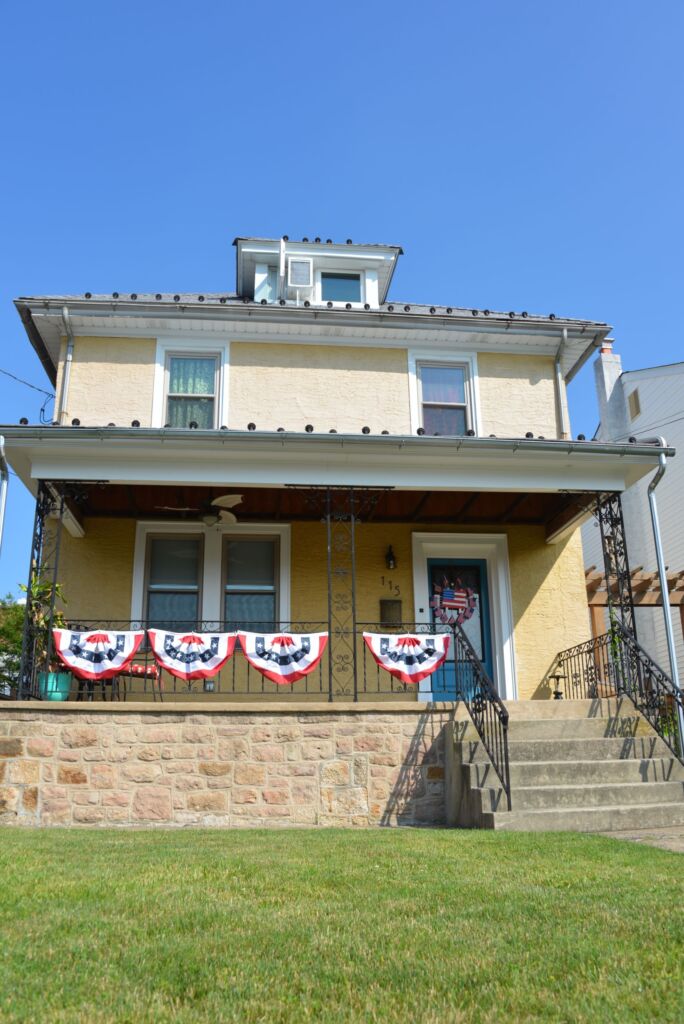
You may get a better price on an old home.
The sales price of an older home tends to be lower than a newer home, and by a lot. Rocket Mortgage says there is a 30 percent difference. When factoring in the cost of improvements that will likely be needed, it may still be a better financial investment than buying new. For those who enjoy personalizing a home, an older home usually offers more opportunities, as well.
Older homes are in more established neighborhoods.
When an older neighborhood is well-cared-for by its owners, the house value tends to be stable and strong. Local schools tend to be better, there are established services like grocery stores, drug stores, and restaurants nearby, too, to serve all of the residents.
A newer home might be in a residential area that requires crossing a highway or driving a considerable distance to reach the grocery store, and kids may need to endure a longer bus ride to school. The time saved by living in an older and established neighborhood has been important to my family, and to other old home lovers, as well. Time is one of those things that are priceless.

How do we update an old home without ruining the character?
Just asking how to be respectful of an old house’s character is the first step to not ruining it. The next step to update an old home is learning about the house style. Then you can find resources that support that style.
Research and learn about the architectural style.
While Gothic Revival or Second Empire are more rare in many parts of the country, there are gems that showcase regional historic housing styles and unique detailing throughout the country. Check out the iconic house styles I wrote about for BobVila.com for inspiration.
If there’s a particular home you love or are considering buying, snap a photo and then do a Google image search to find out the style. Then you can search homes and home decor based on that house style that you love.
Add inspiration from your family’s life and history.
Making a house into a home takes infusing the space with your family’s interests and history. An older house is one that has passed through generations of families. When embarking on personalizing an older house, consider choosing home decor elements from your family’s heirlooms and artwork from your kids will bridge the old and new.
Consider period features before renovating.
There are three main paths to renovating an older home.
- Renovate without considering the house style. You could ignore the house style, and just make the space your own. Unless it’s a registered home or there are neighborhood rules that you need to follow, a homeowner can do what they want, as long as it meets building code.
- Renovate with a balance of modern with period style. You could retain the trim work and detailing, but decide the period-style kitchen or fixtures aren’t fitting with your lifestyle. This is a hybrid of old and new.
- Renovate to restore the house style. This path is usually the most expensive and painstaking. Sourcing the right fixtures and craftspeople to fix, update, and create the style’s details can take time and be a long journey.
No matter which renovation path you choose, there are resources that can help. Habitat for Humanity ReStore resells gently used and new overstocked items that can fit well in an older home. There are also blacksmiths who can retreat and mimic old elements. Plus, Oriental rug cleaners ensure older rugs are kept in top shape, and lumberyards who can replicate trim based on a sample.
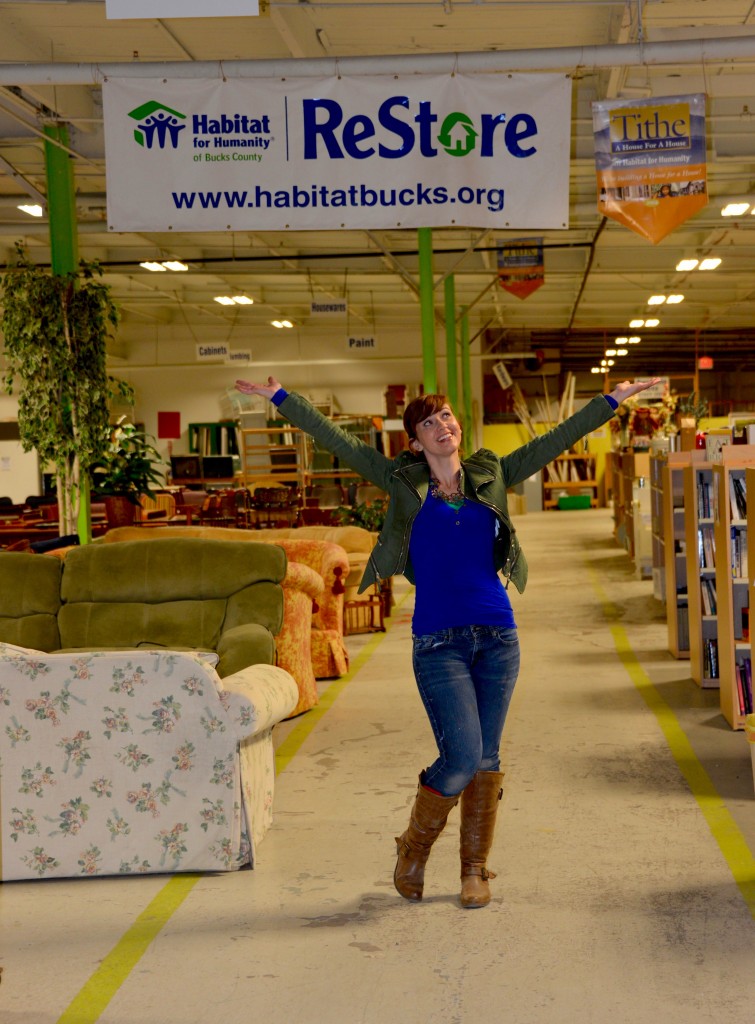
What are your thoughts about old houses?
Have you owned an older home? Did you renovate and update the old house? What do you think about restoring older homes?
Let us know in the comments below.
